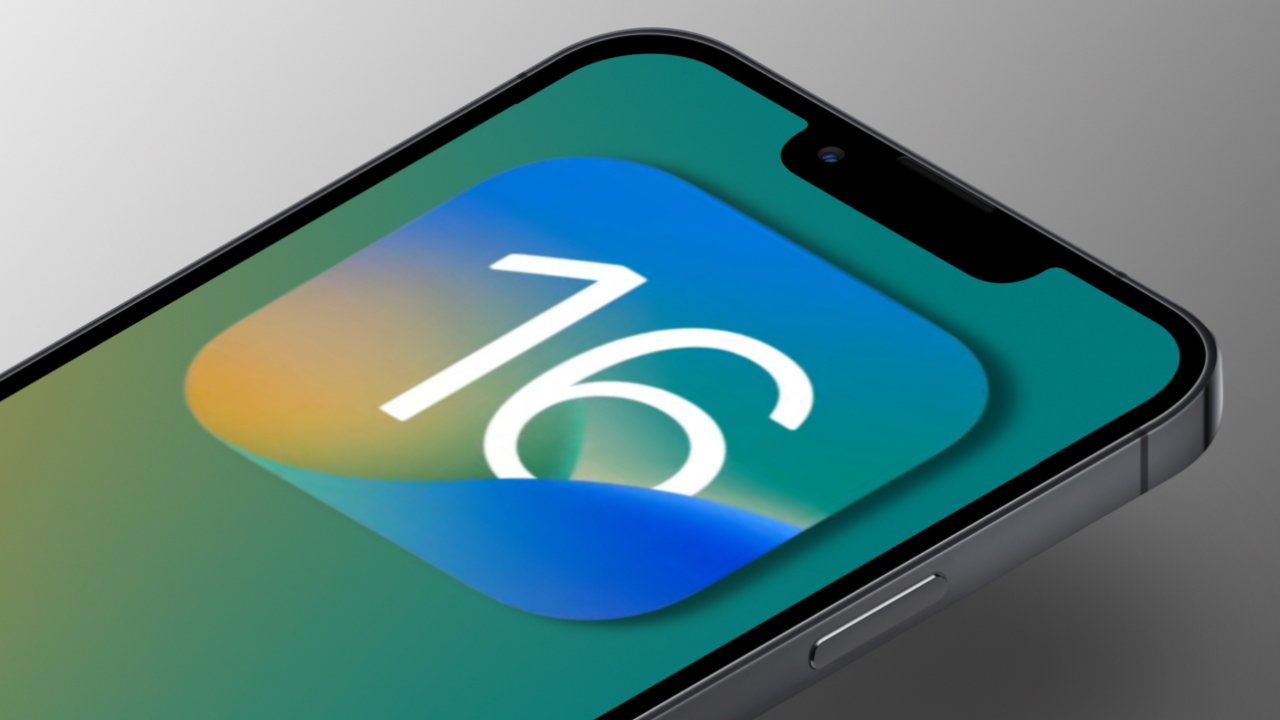iOS 16.3 now available with support for new HomePod, security keys
Apple has released iOS 16.3, bringing support for the newly-announced HomePod and physical security keys used for two-factor authentication.

iOS 16.3 is now available
Following a beta period that started on December 14, the update for iOS 16.3 is now downloadable to iPhone. It doesn't appear to have many user-facing updates, though it ensures compatibility with the new HomePod and its features.
The update includes support for hardware security keys, such as those from Yubico, that can be used for two-factor authentication for an Apple ID. Those with a notable public presence will benefit from the feature, such as journalists, celebrities, and politicians.
Advanced Data Protection has now launched globally. Users who wish to activate the iCloud security feature outside of the United States will need to ensure every device on their Apple ID is running iOS 16.3.
The larger set of updates for this release cycle are focused on HomePod. Users will be able to see the temperature and humidity sensors found in the new HomePod and HomePod mini within the Home app.
Read on AppleInsider

iOS 16.3 is now available
Following a beta period that started on December 14, the update for iOS 16.3 is now downloadable to iPhone. It doesn't appear to have many user-facing updates, though it ensures compatibility with the new HomePod and its features.
The update includes support for hardware security keys, such as those from Yubico, that can be used for two-factor authentication for an Apple ID. Those with a notable public presence will benefit from the feature, such as journalists, celebrities, and politicians.
Advanced Data Protection has now launched globally. Users who wish to activate the iCloud security feature outside of the United States will need to ensure every device on their Apple ID is running iOS 16.3.
The larger set of updates for this release cycle are focused on HomePod. Users will be able to see the temperature and humidity sensors found in the new HomePod and HomePod mini within the Home app.
How to install iOS 16.3 on the iPhone
- Open the Settings app.
- Select General.
- Select Software Update.
- Select "Update to iOS 16.3."
Read on AppleInsider


Comments
Security updates are ALWAYS worth updating for.
I've also seen cases where it will download the install image a second time, as well as repeating the verification process.
I use Apple's Content Cache to speed up the update process across several Apple devices, but for OS updates it actually has little impact because I have decent download performance and the time required to complete the "Preparing" phase of the update process dwarfs every other phase in the installation.
I suspect there are a number of data integrity checks, "dirty flags" that can get set by other on-device processes, along with some timeouts/expiries that cause the process to "phone home" more than once just to make sure that everything is good to go before the final installation process kicks off. FYI - dirty flags are a way to indicate that "something" has changed or may have changed in a managed resource and needs to be verified again to ensure it's still in a consistent state. I suspect that repeated Verifications are being triggered because some other process/thread on the same device made a change that the installer may be concerned about and since the last consistency check was done by the installation process. With hundreds or even thousands of threads still running during the update process, this isn't outside the realm of possibility. Better safe than sorry.
These seemingly redundant behaviors are somewhat of an annoyance, but I can tell you firsthand that installation programs and processes are one of those things that have so many ways to fail and so few ways to succeed. Double checking and been very exacting in terms of maintaining consistency is totally justified to achieve a successful outcome. Being right matters more than being fast.
Apple's track record with me has been nearly perfect. The only time I ended up with a device in a bad state after installation, Betas included, was the very first macOS Beta that introduced APFS. It totally hosed my system because APFS had not yet been certified to work with Fusion drives and my iMac had a Fusion drive. Fortunately I only lost a few hours of my time, but lost no data, which is the only acceptable outcome. When you play with early Beta releases, you should be prepared for this. Fortunately, or unfortunately, Apple's update and installation process is extremely stable and reliable so even those who play fast & loose with Beta releases very seldom get burned, at least based on my experience and compared to other platforms.
[u] Nevermind - apparently I have to update my Apple TV and even my old Windows computer’s iCloud for Windows app before it turns on.